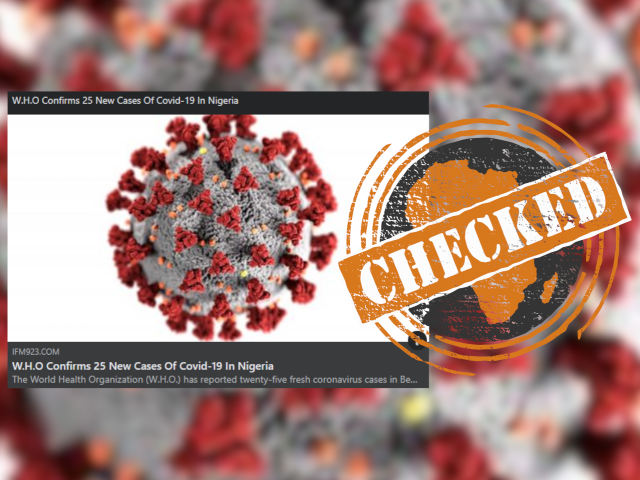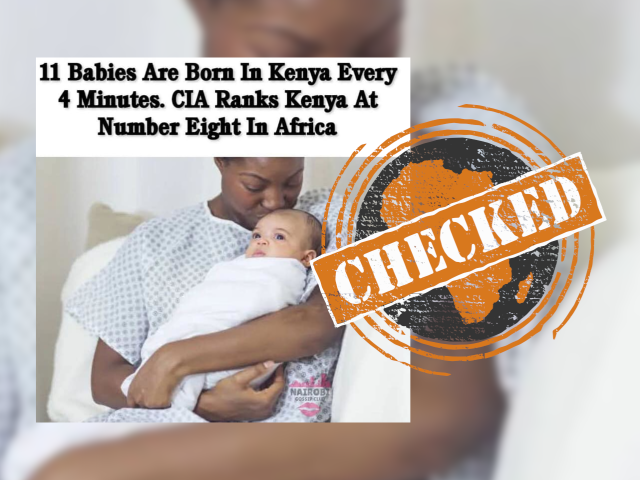This article is more than 6 years old
Claims around suicide rates in South Africa are often made, the latest being by the Ridge Times, a community newspaper in the Mpumalanga province.
An article that appeared on the publication’s website at the end of April states: "[O]nly car accidents and homicide kill more youth between the ages of 15 and 24."
Is suicide the third leading cause of death in this age group? We looked at the data.
Principal statistician of births and deaths at Statistics South Africa (Stats SA), Vusi Nzimakwe, pulled the latest data from the 2015 mortality and causes of death report. It showed that the deaths of 125 people aged 15-24 were caused by “intentional self-harm”.
This category includes 25 different causes of death by self-harm, including self-poisoning, drowning, strangulation and jumping from a high place.
In 2015, the three leading causes of natural deaths in the 15-24 age group were tuberculosis (1,688), HIV (1,133) and other viral diseases (880), according to Stats SA.
The leading causes of unnatural deaths were assault (2,245), transport accidents (1,028) and “events of undetermined intent” (735). Intentional self-harm was the fourth leading cause of unnatural deaths with a recorded 125 deaths.
Where does murder fit into all of this? The assault category includes murder and injuries inflicted by another person with intent to injure or kill. Africa Check contacted the South African police services to verify figures on homicides but they did not respond.
A burden of disease study by South Africa’s Medical Research Council suggests that Stats SA’s suicide figures could be an underestimate, however.
The data shows that in 2012 the three leading causes of death for people aged 15-24 were HIV (6,822), interpersonal violence (5,359) and road injuries (2,950). Suicides (1,665) were the fourth leading cause of death.
In comparison, that year Stats SA’s estimated that in this age group there were 1,092 deaths attributed to HIV, 1,588 to assault, 930 to road injuries and 154 to suicides.
Stats SA’s statistics are based on death certificates from the department of home affairs and are in line with the World Health Organisation’s death classification codes.
“We have used the injury mortality profile based upon mortuary data and not upon the death notification form data which includes many injuries with ill-defined causes,” the Medical Research Council’s Pam Groenewald explained.
Stats SA’s Nzimakwe previously told Africa Check that it is “possible that there is under-reporting of suicide deaths” on death certificates and that estimates based on post-mortems could be more accurate.
The Ridge Times article published at the end of April promoting suicide prevention week, claims that suicide is the third leading cause of death among young people aged 15-24.
However, the claims made in the article are not supported by the most recent available data either from Stats SA or the South African Medical Research Council.
Stats SA’s 2015 estimates indicate that the top five causes of death (both natural and unnatural) in this age group were assault, tuberculosis, HIV, transport accidents and other viral diseases. Intentional self-harm was listed as the ninth leading cause of death.
According to Medical Research Council data, the five leading causes of death in 2012 were HIV, interpersonal violence, road injuries, suicide and tuberculosis.
Edited by Lee Mwiti
Additional reading
Is suicide the cause of 1 in 10 unnatural teen deaths in South Africa?
Does S. Africa rank 8th in the world by suicide rate?
Do a third of South Africans really suffer from mental illnesses?
An article that appeared on the publication’s website at the end of April states: "[O]nly car accidents and homicide kill more youth between the ages of 15 and 24."
Is suicide the third leading cause of death in this age group? We looked at the data.
125 reported suicides
Principal statistician of births and deaths at Statistics South Africa (Stats SA), Vusi Nzimakwe, pulled the latest data from the 2015 mortality and causes of death report. It showed that the deaths of 125 people aged 15-24 were caused by “intentional self-harm”.
This category includes 25 different causes of death by self-harm, including self-poisoning, drowning, strangulation and jumping from a high place.
Leading causes of death
In 2015, the three leading causes of natural deaths in the 15-24 age group were tuberculosis (1,688), HIV (1,133) and other viral diseases (880), according to Stats SA.
The leading causes of unnatural deaths were assault (2,245), transport accidents (1,028) and “events of undetermined intent” (735). Intentional self-harm was the fourth leading cause of unnatural deaths with a recorded 125 deaths.
Where does murder fit into all of this? The assault category includes murder and injuries inflicted by another person with intent to injure or kill. Africa Check contacted the South African police services to verify figures on homicides but they did not respond.
Suicides could be underestimated
A burden of disease study by South Africa’s Medical Research Council suggests that Stats SA’s suicide figures could be an underestimate, however.
The data shows that in 2012 the three leading causes of death for people aged 15-24 were HIV (6,822), interpersonal violence (5,359) and road injuries (2,950). Suicides (1,665) were the fourth leading cause of death.
In comparison, that year Stats SA’s estimated that in this age group there were 1,092 deaths attributed to HIV, 1,588 to assault, 930 to road injuries and 154 to suicides.
Why do the estimates differ?
Stats SA’s statistics are based on death certificates from the department of home affairs and are in line with the World Health Organisation’s death classification codes.
“We have used the injury mortality profile based upon mortuary data and not upon the death notification form data which includes many injuries with ill-defined causes,” the Medical Research Council’s Pam Groenewald explained.
Stats SA’s Nzimakwe previously told Africa Check that it is “possible that there is under-reporting of suicide deaths” on death certificates and that estimates based on post-mortems could be more accurate.
Conclusion: Suicide not third leading cause of death among SA youth
The Ridge Times article published at the end of April promoting suicide prevention week, claims that suicide is the third leading cause of death among young people aged 15-24.
However, the claims made in the article are not supported by the most recent available data either from Stats SA or the South African Medical Research Council.
Stats SA’s 2015 estimates indicate that the top five causes of death (both natural and unnatural) in this age group were assault, tuberculosis, HIV, transport accidents and other viral diseases. Intentional self-harm was listed as the ninth leading cause of death.
According to Medical Research Council data, the five leading causes of death in 2012 were HIV, interpersonal violence, road injuries, suicide and tuberculosis.
Edited by Lee Mwiti
Additional reading
Is suicide the cause of 1 in 10 unnatural teen deaths in South Africa?
Does S. Africa rank 8th in the world by suicide rate?
Do a third of South Africans really suffer from mental illnesses?





Add new comment